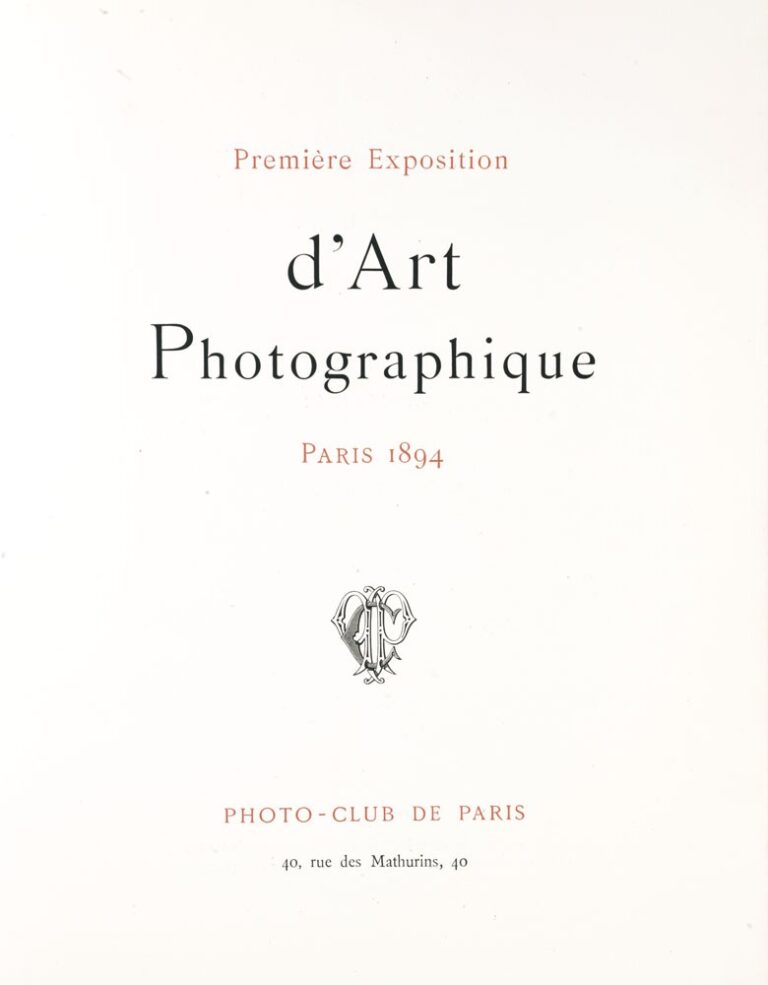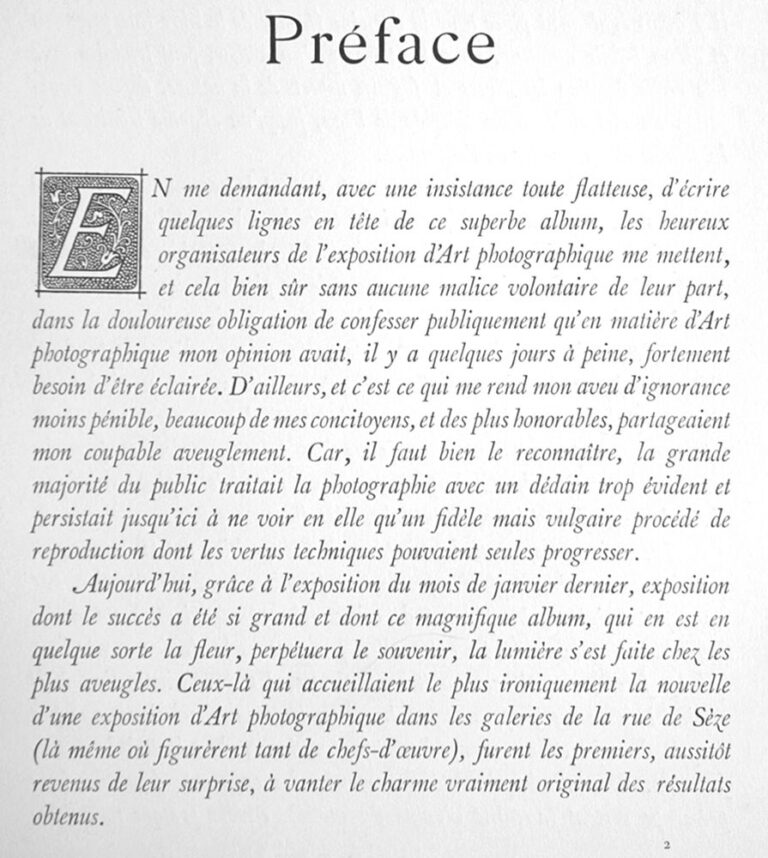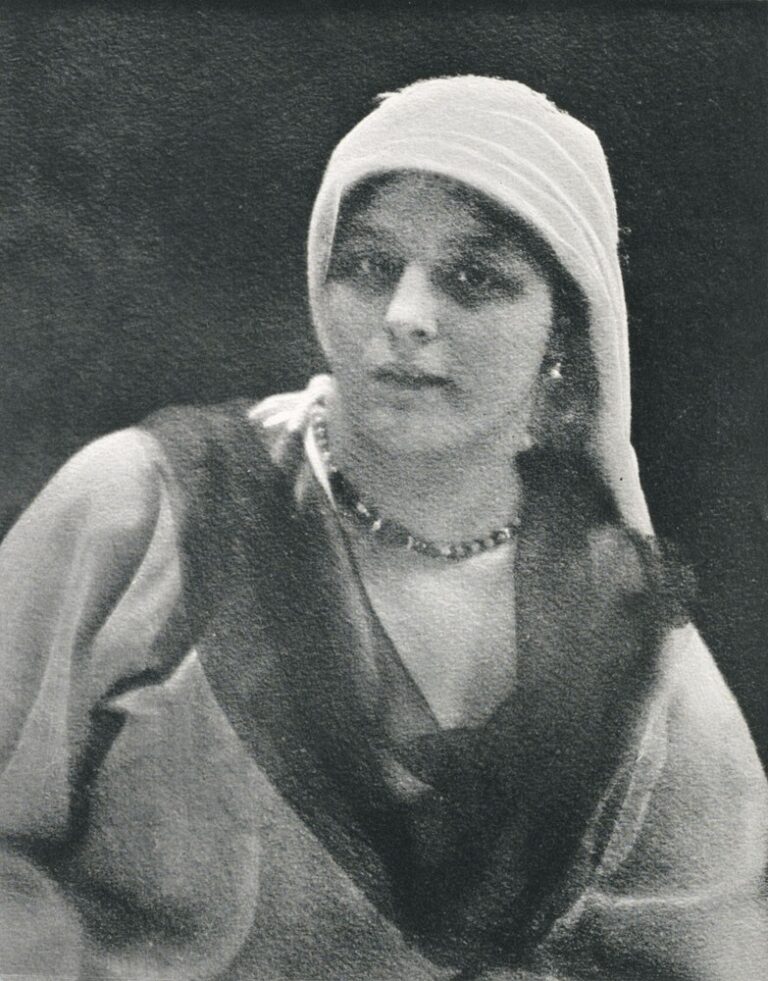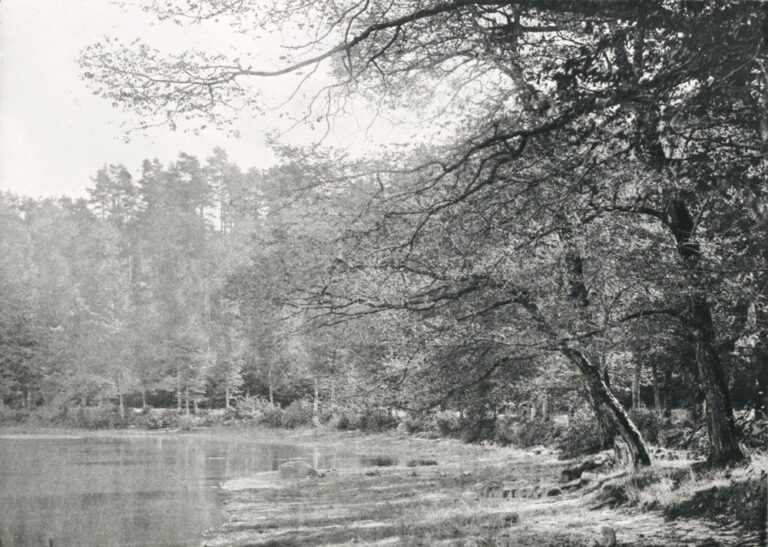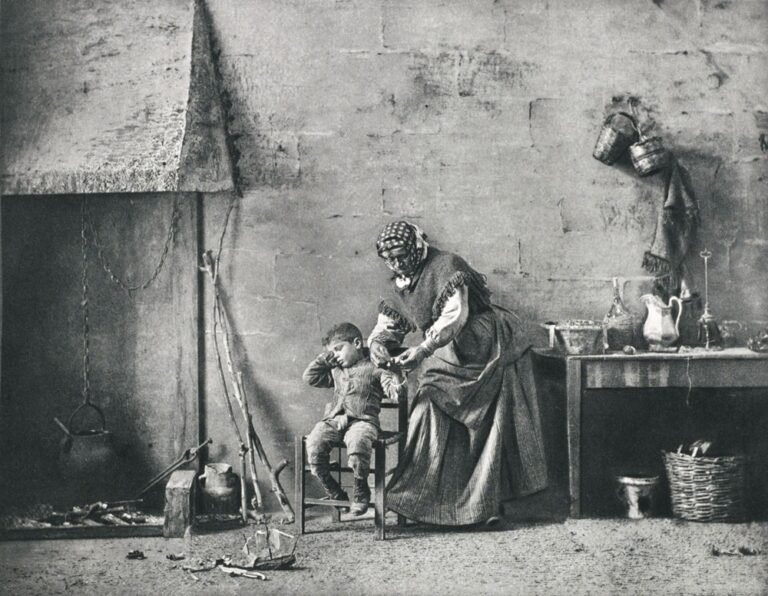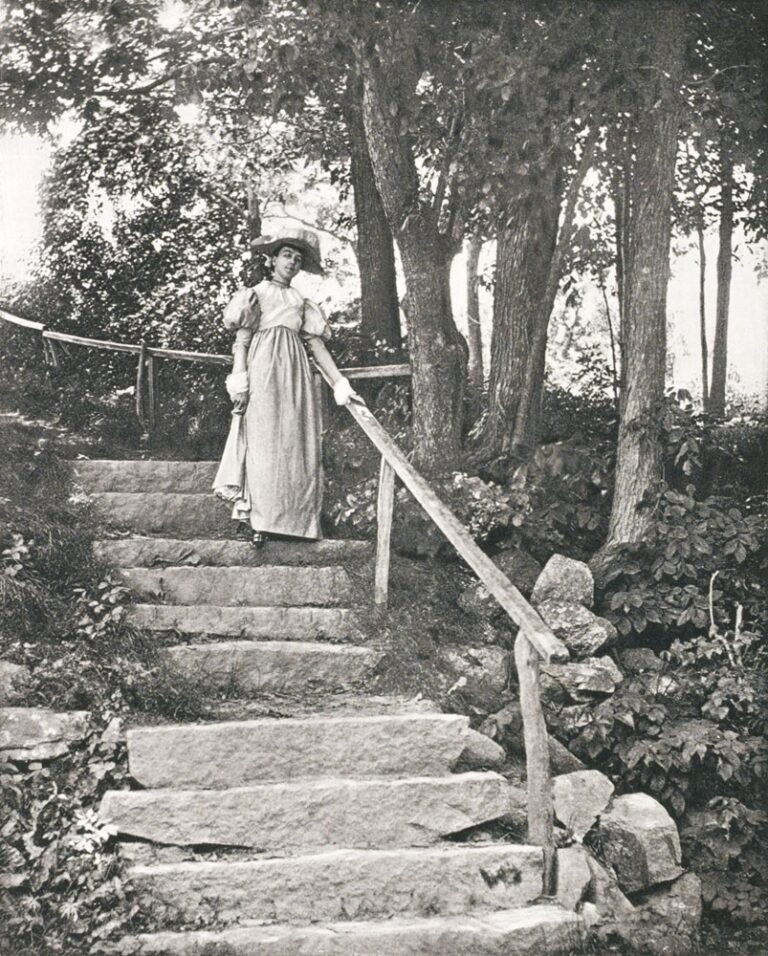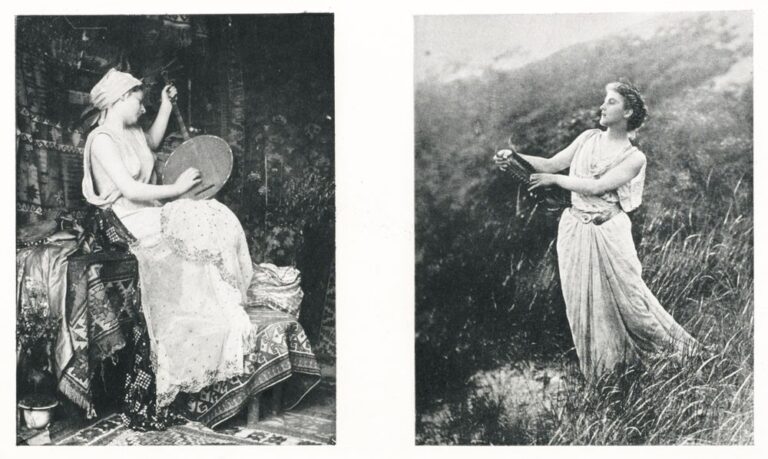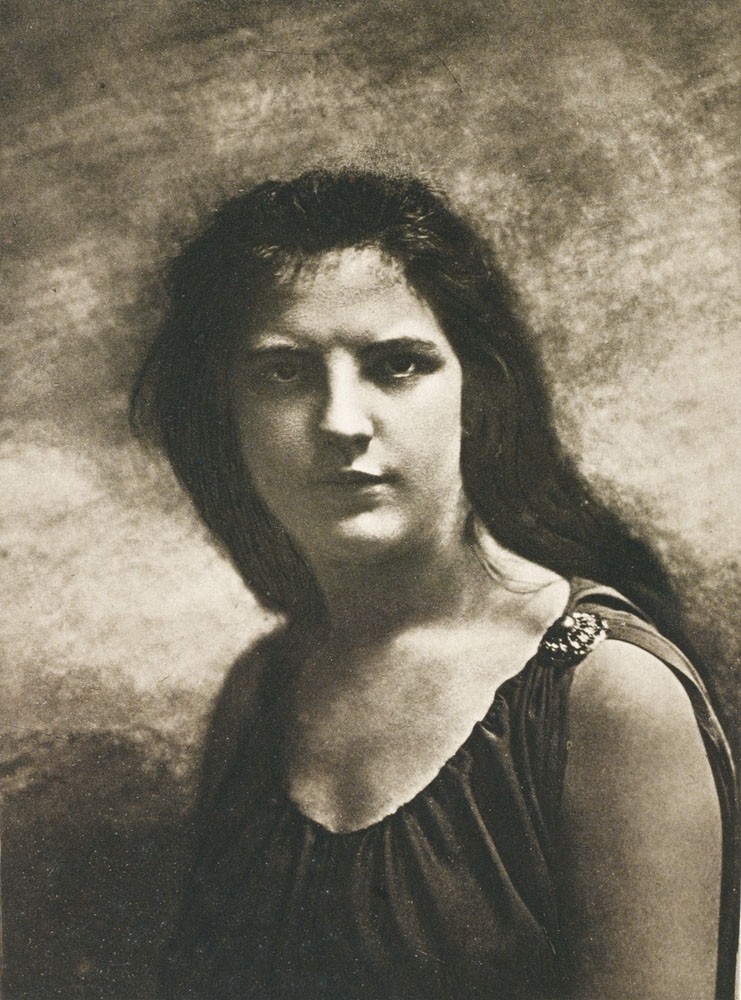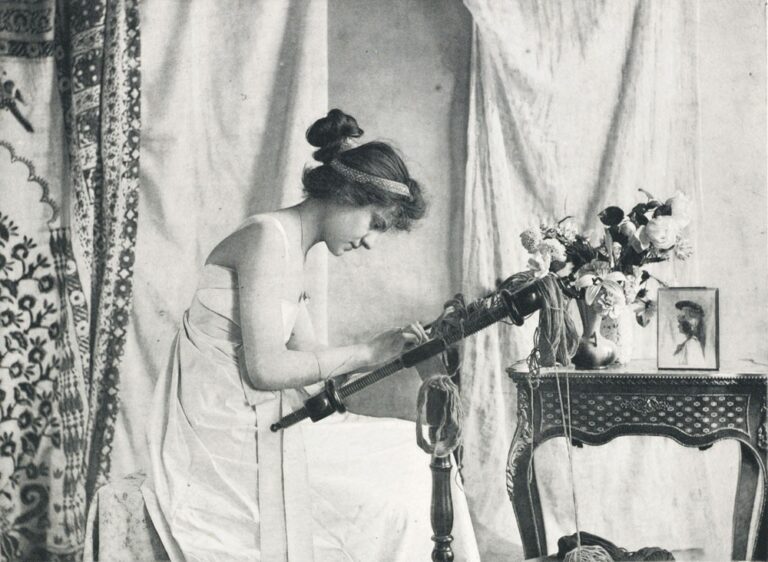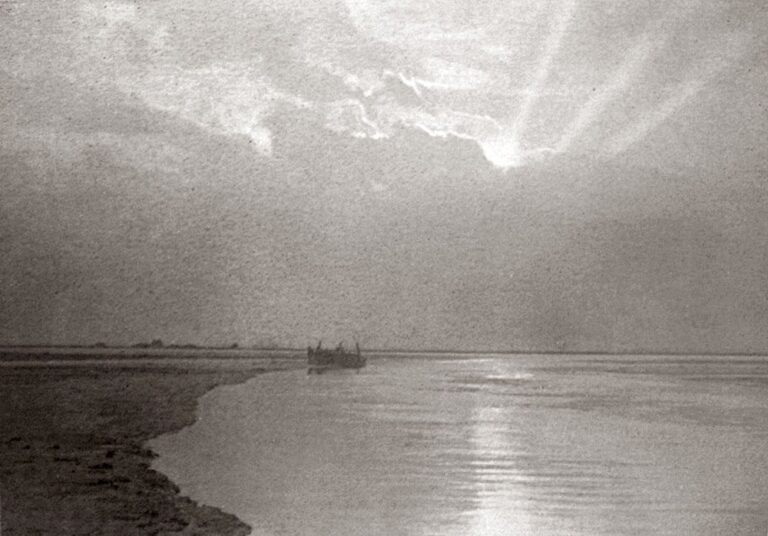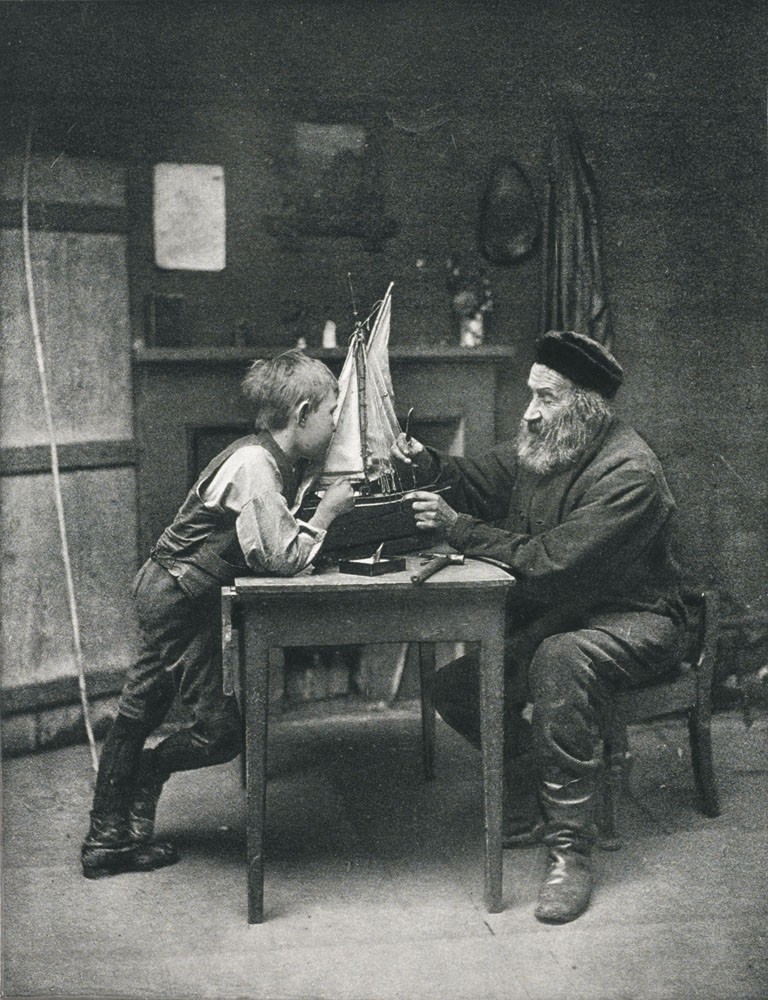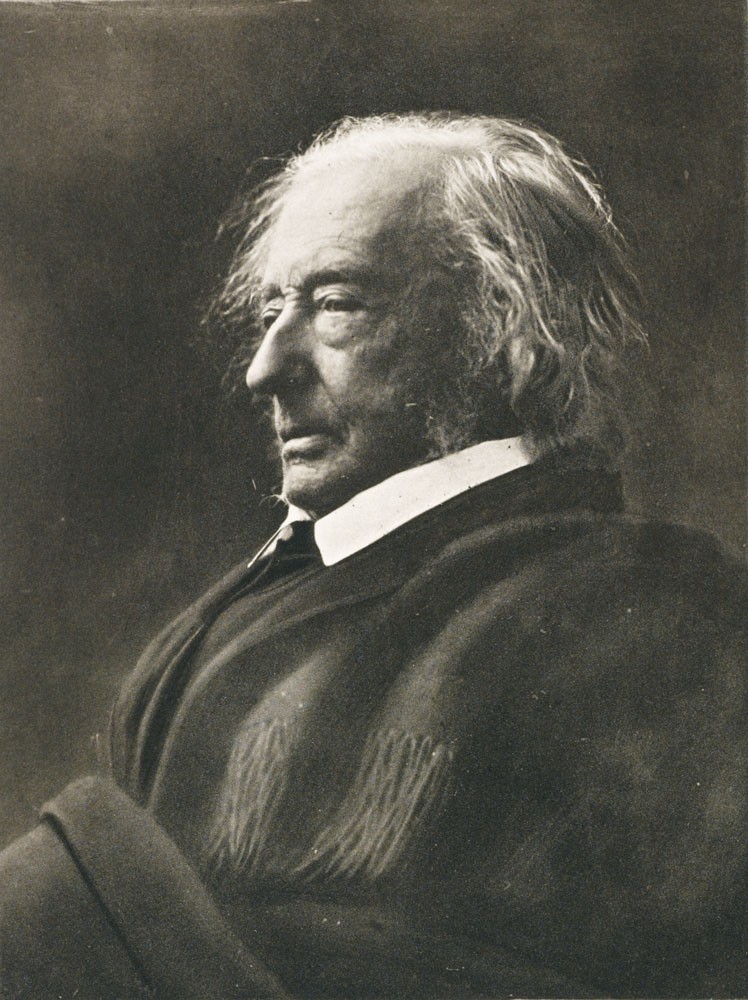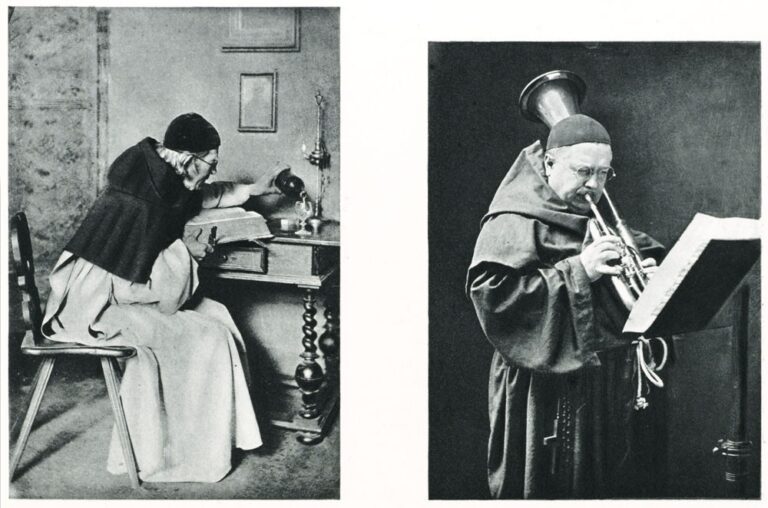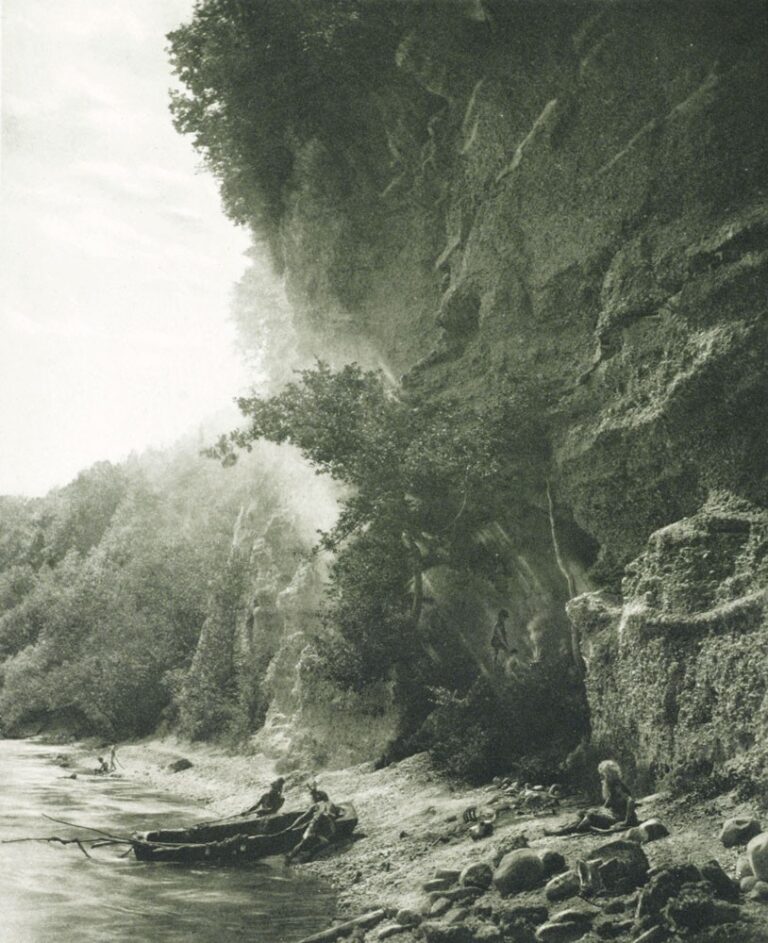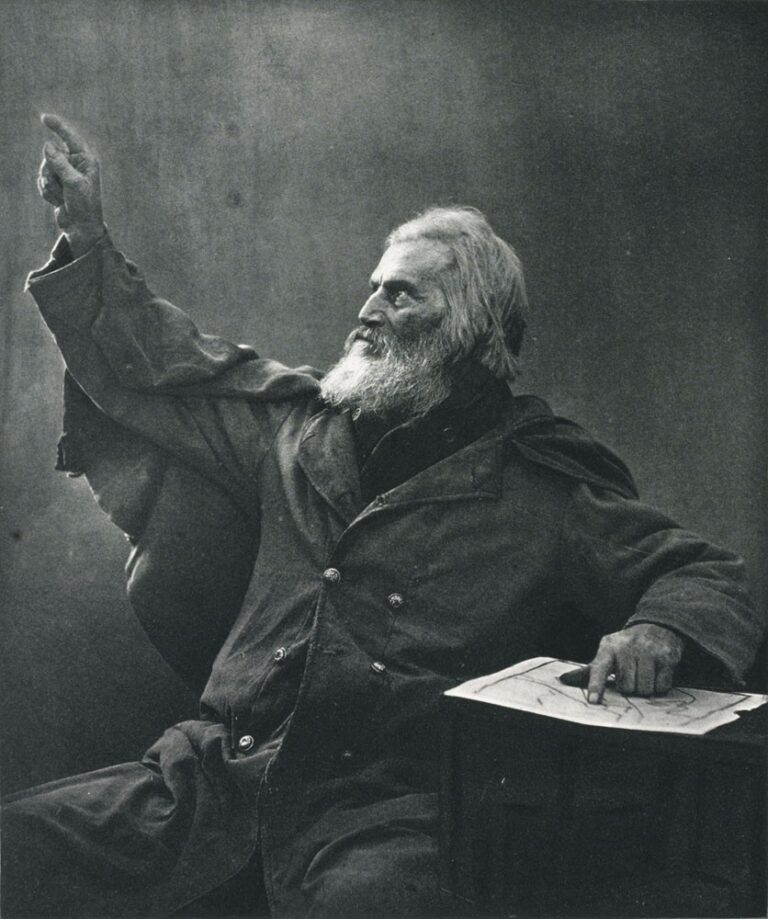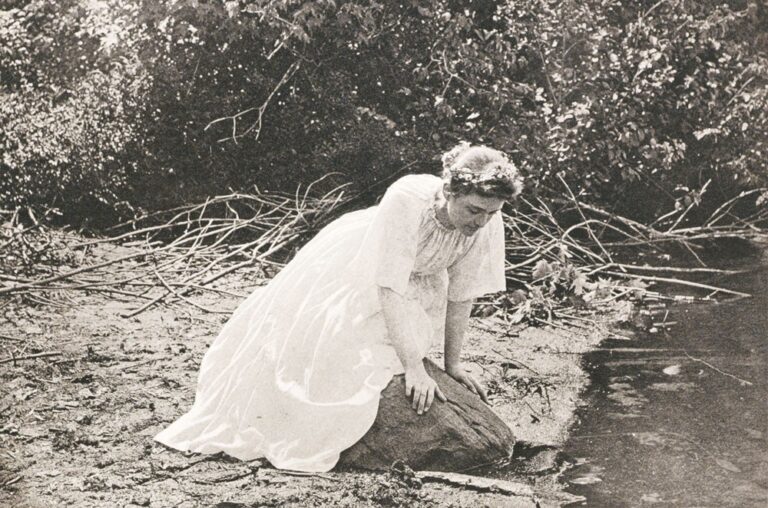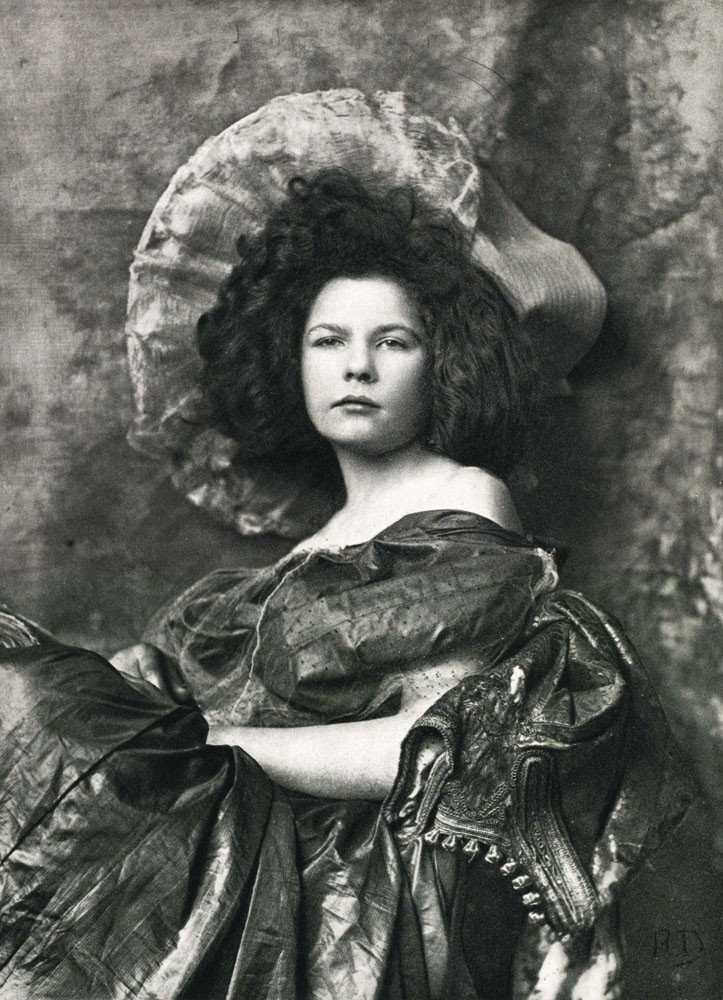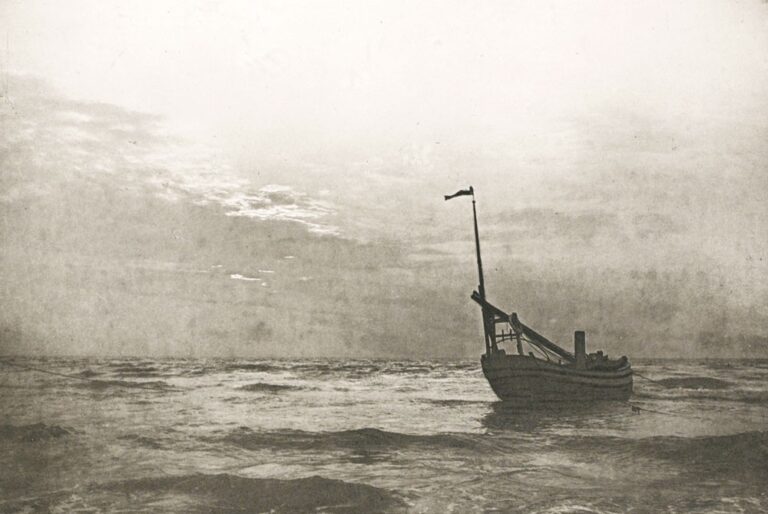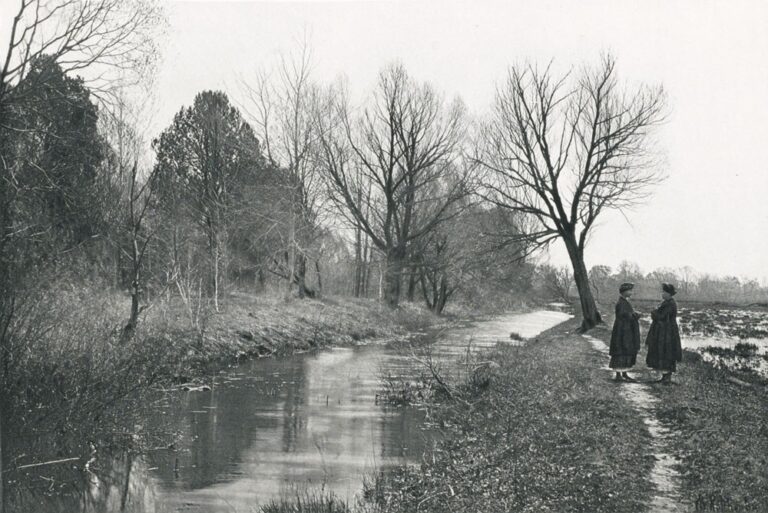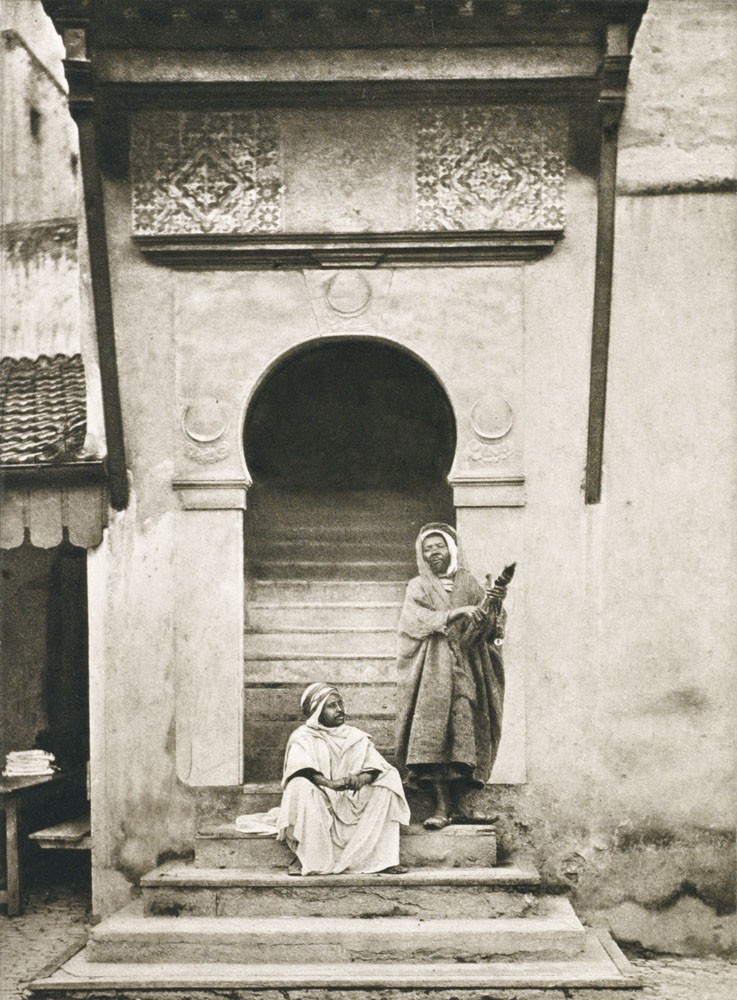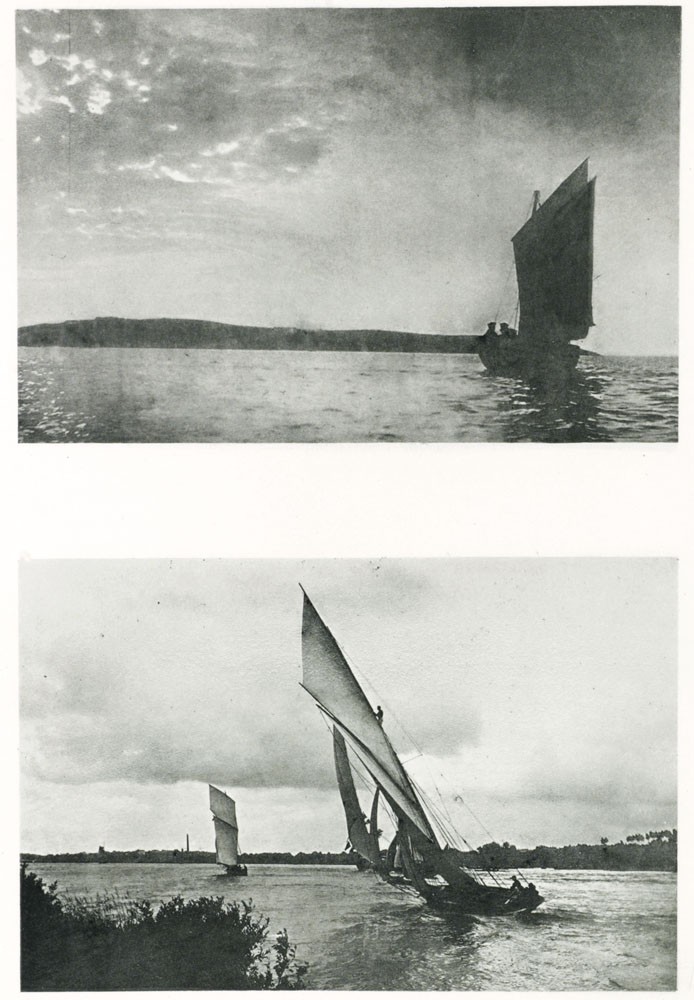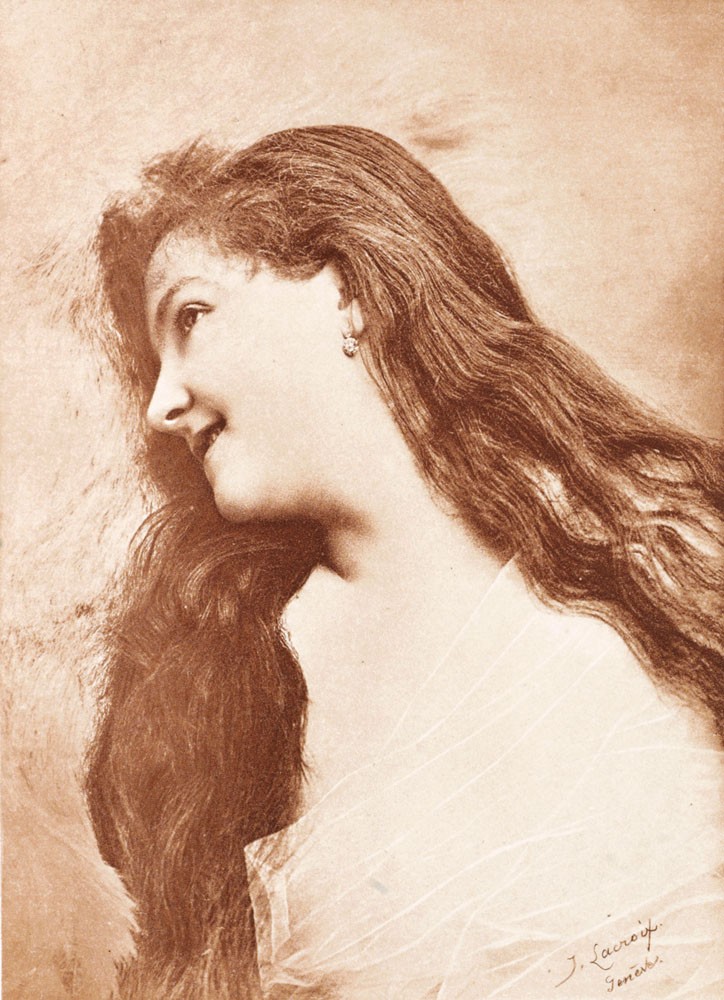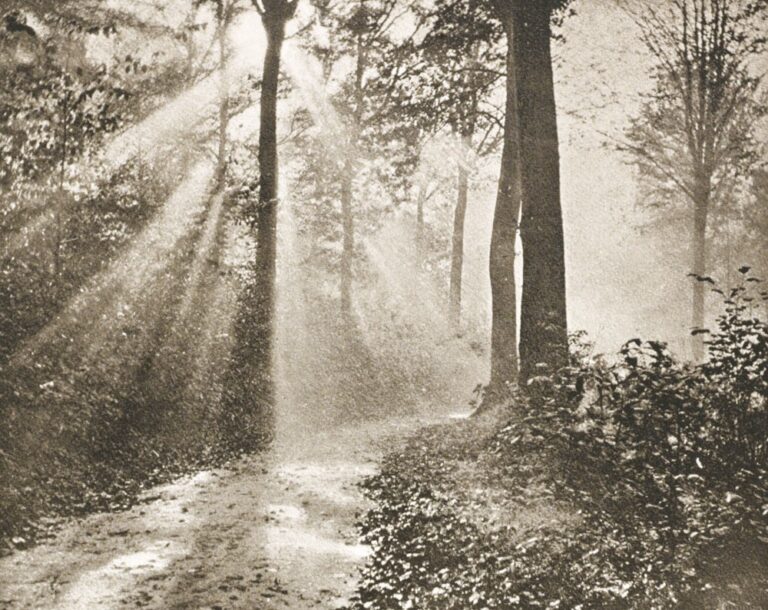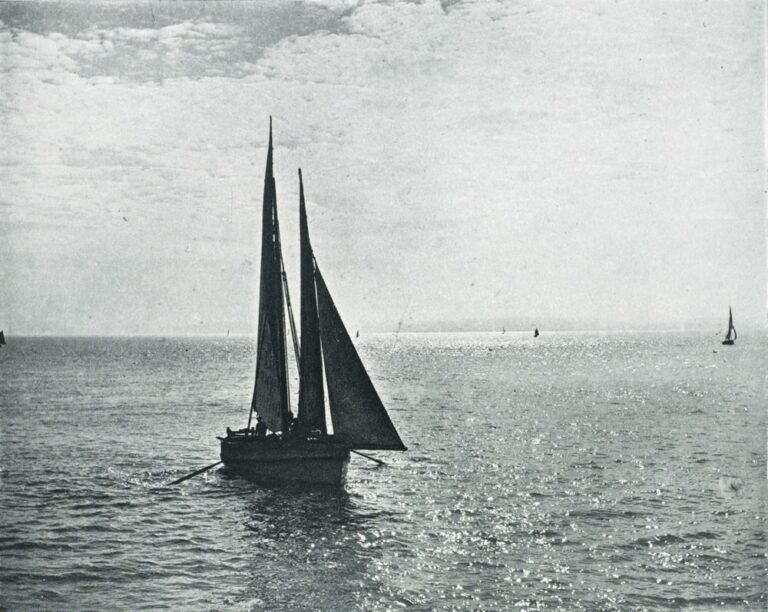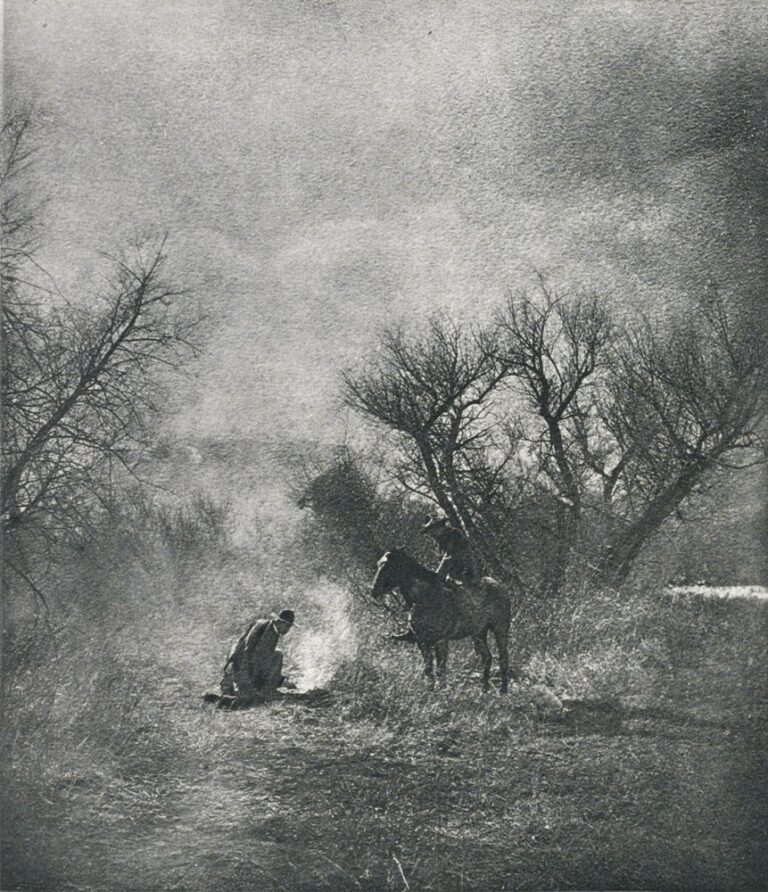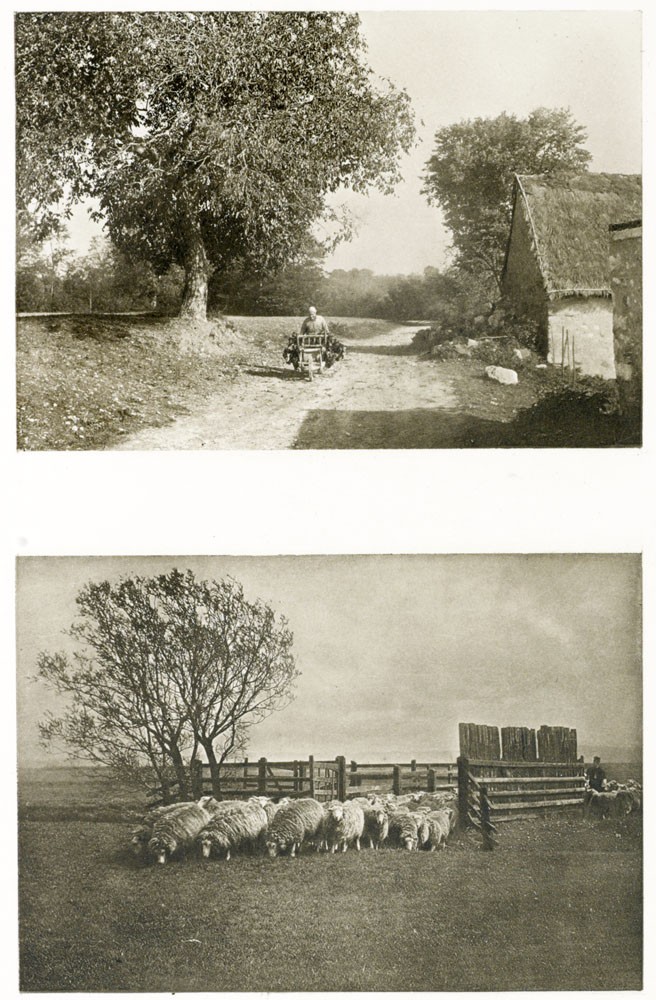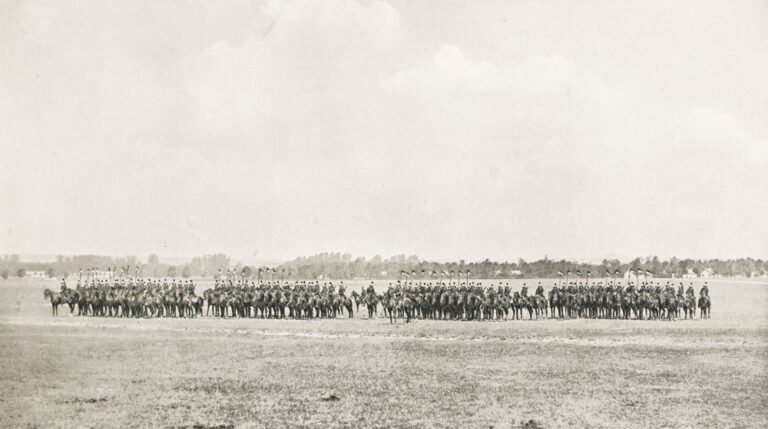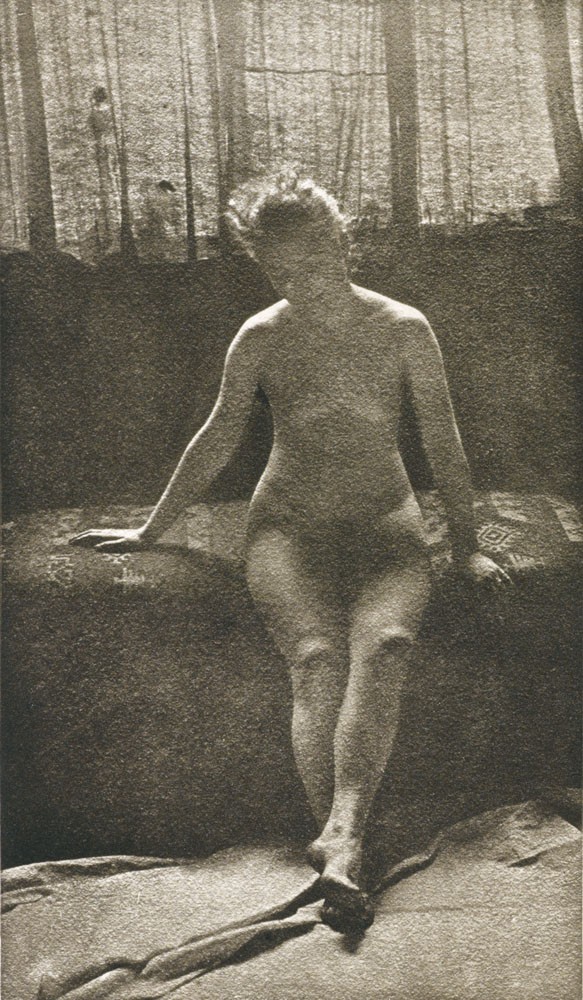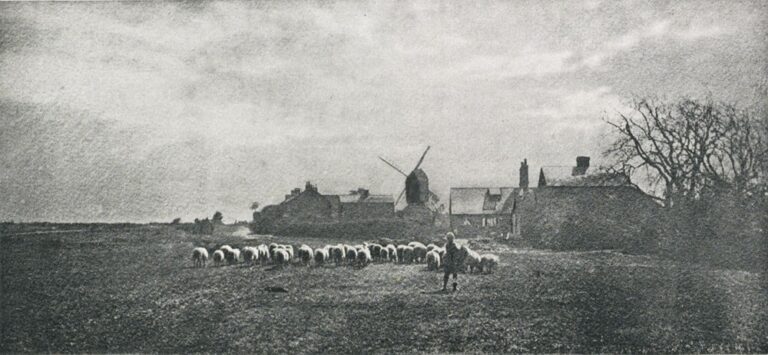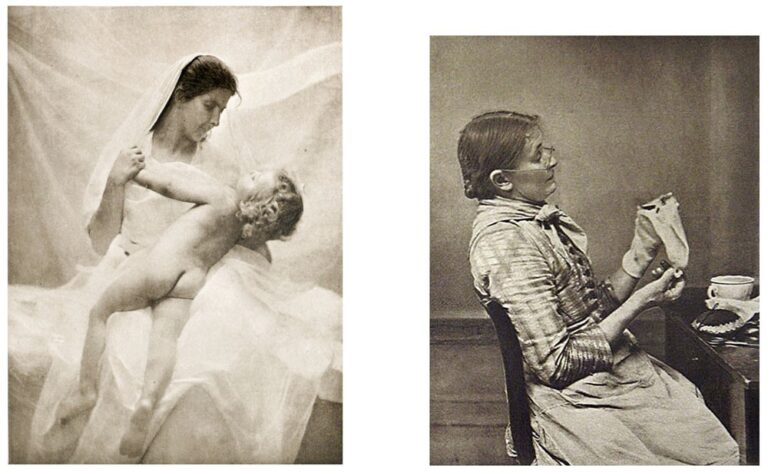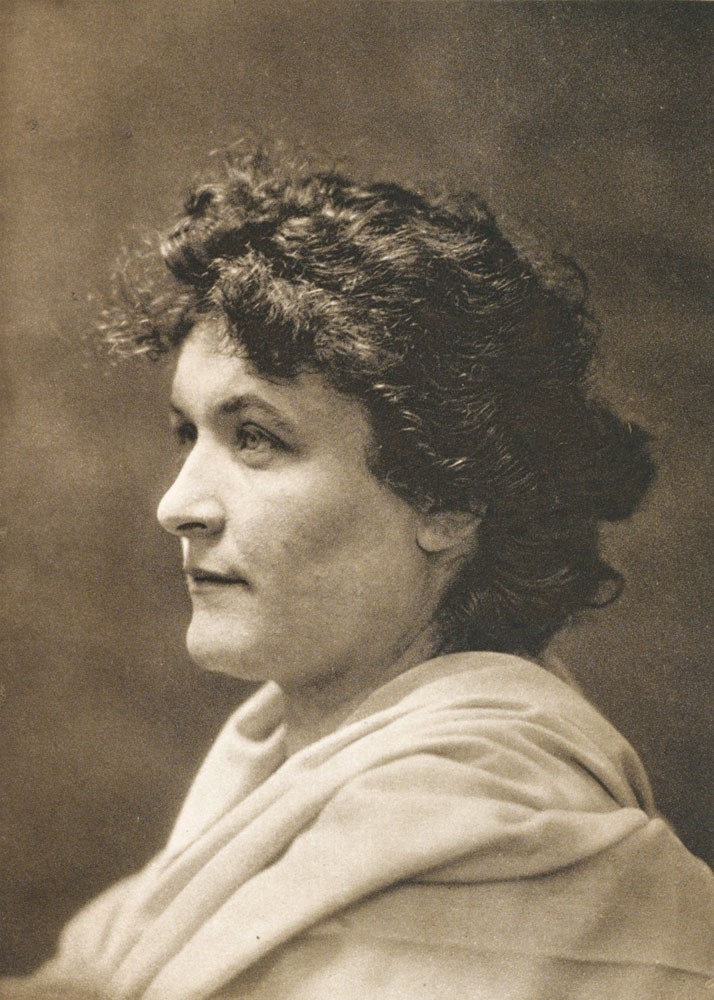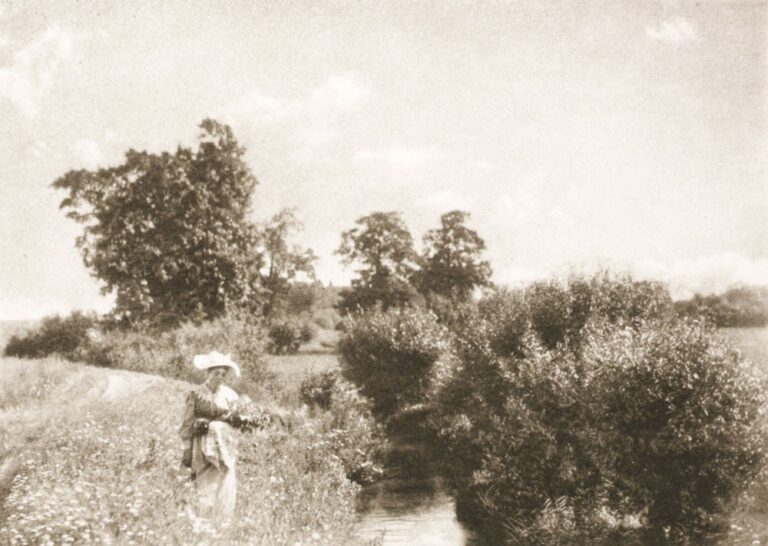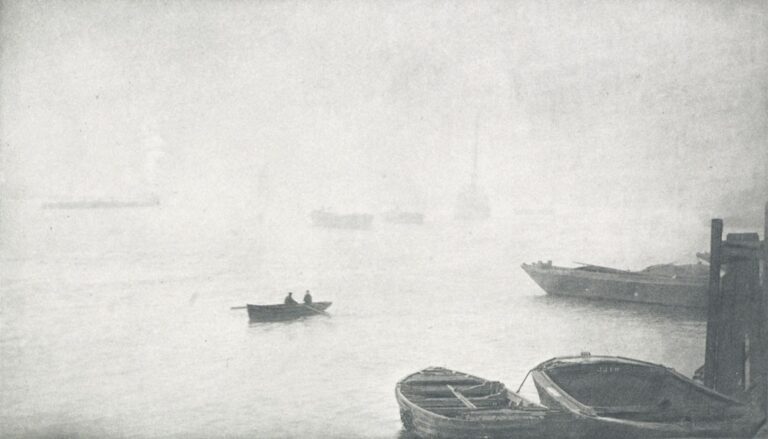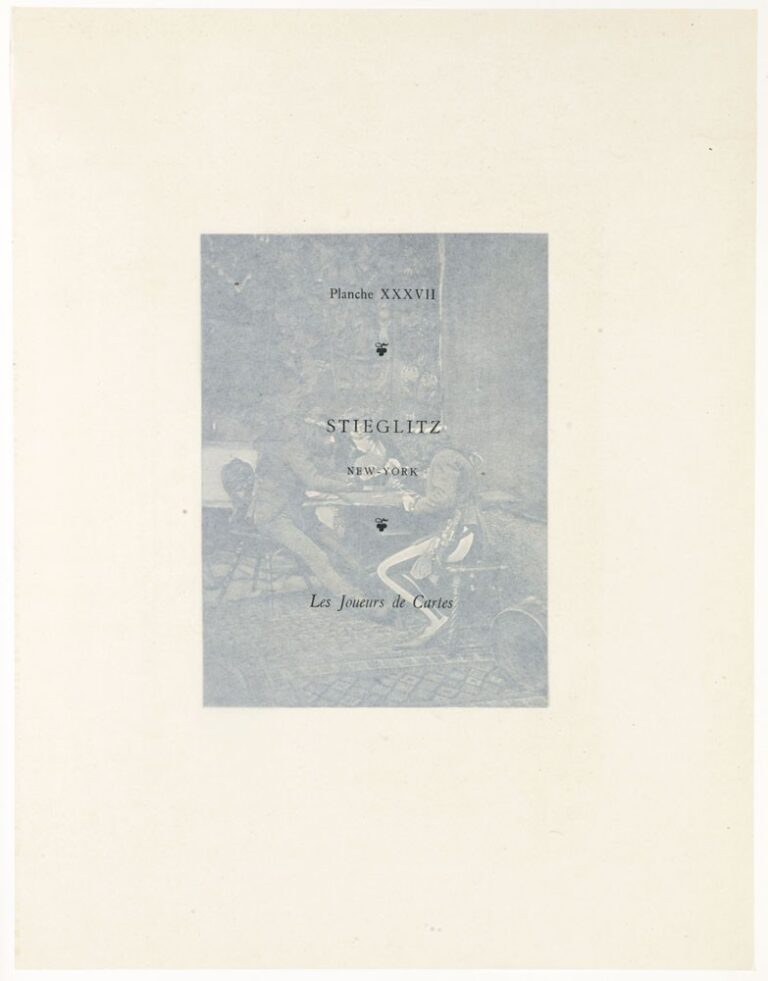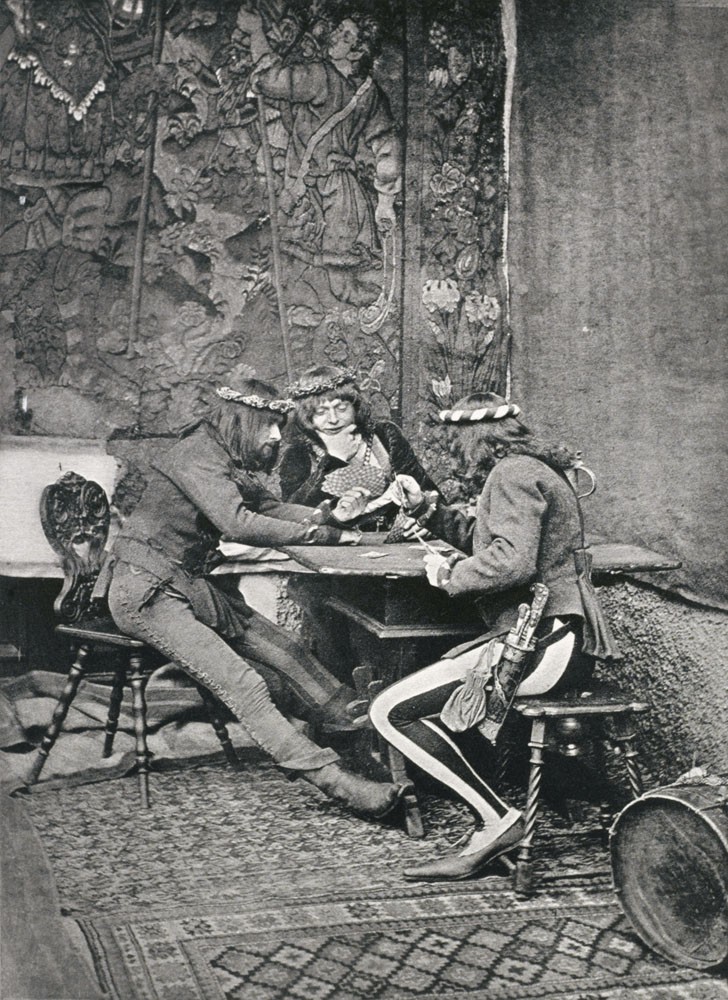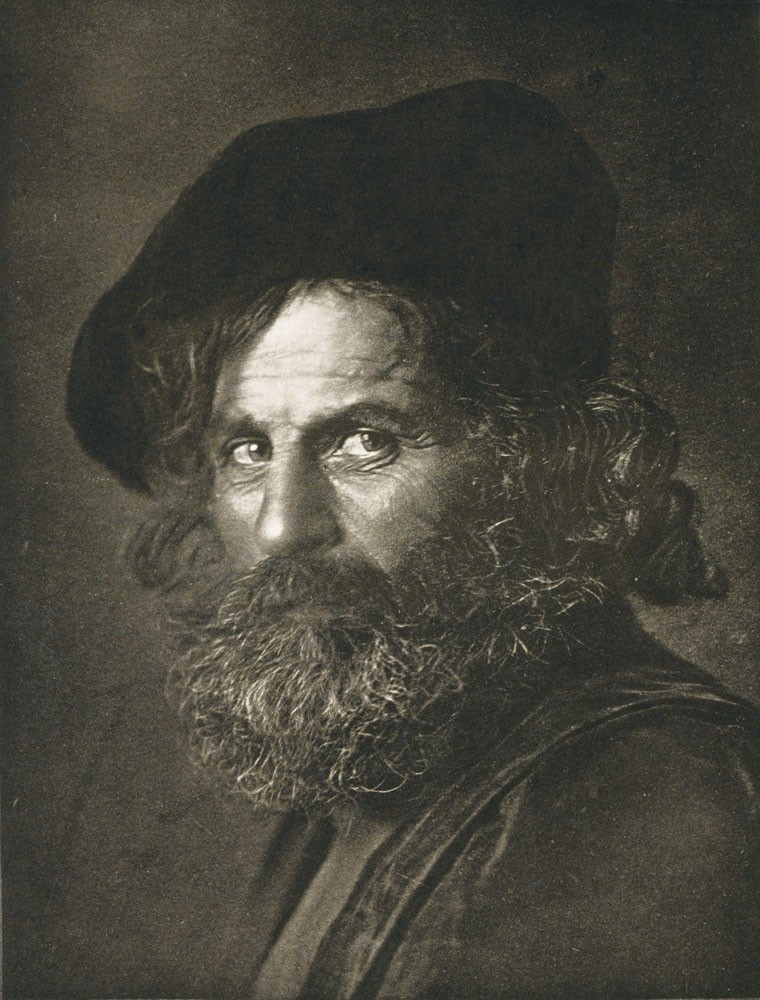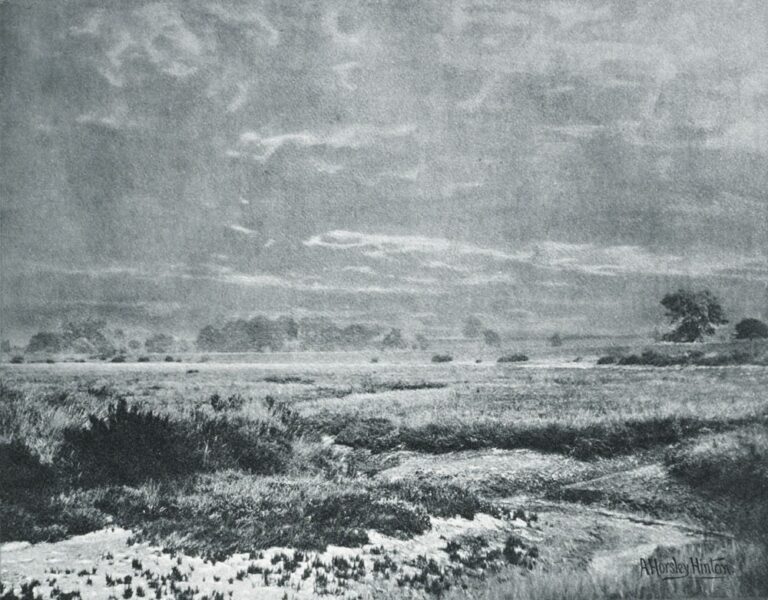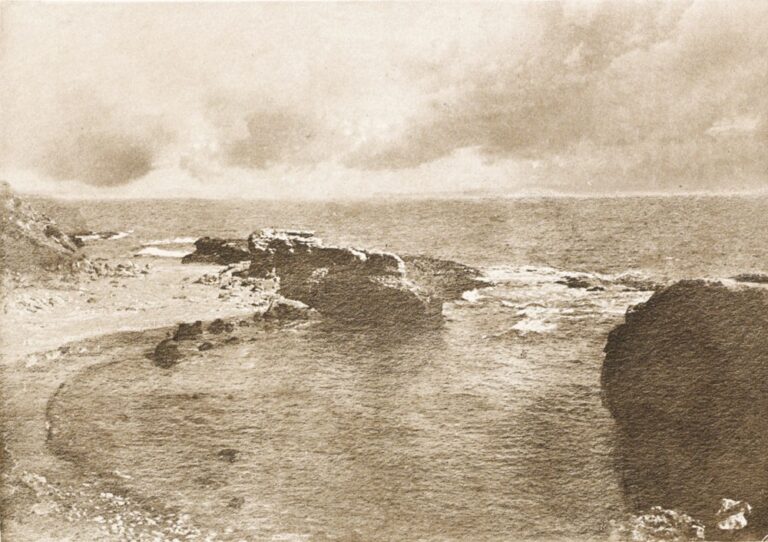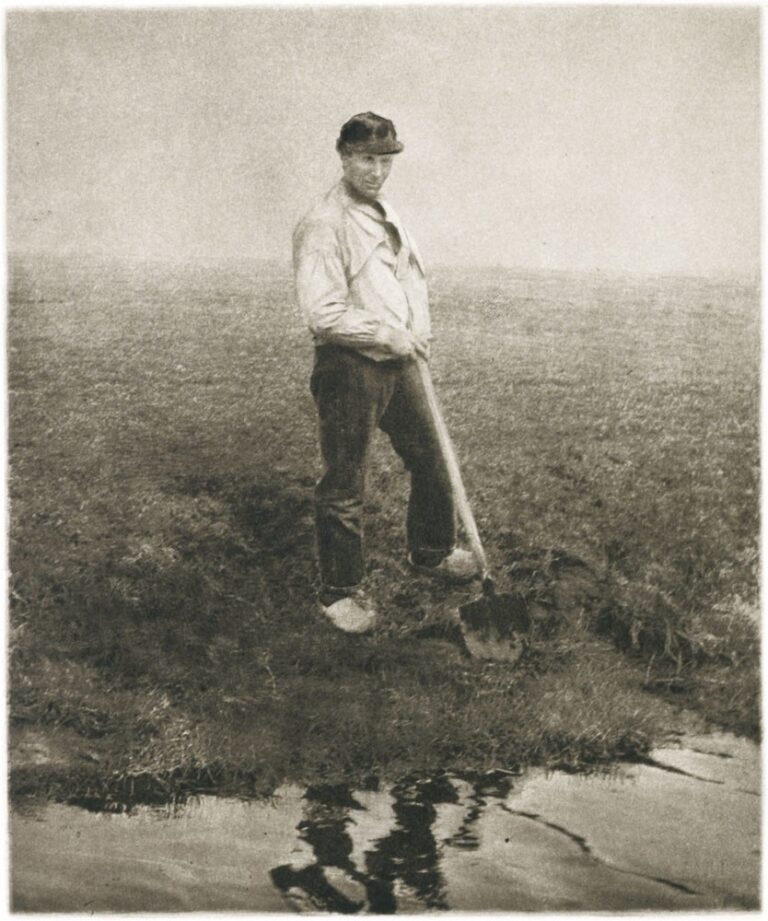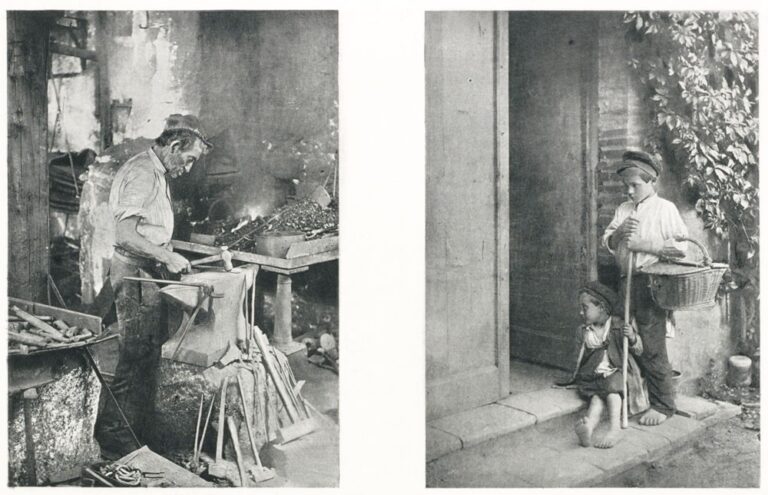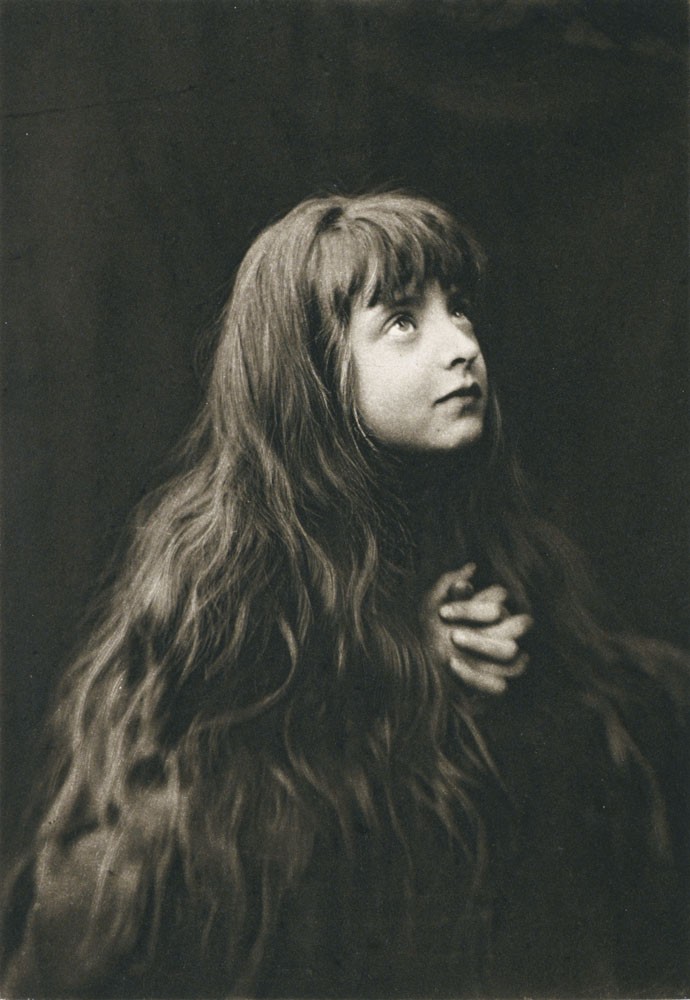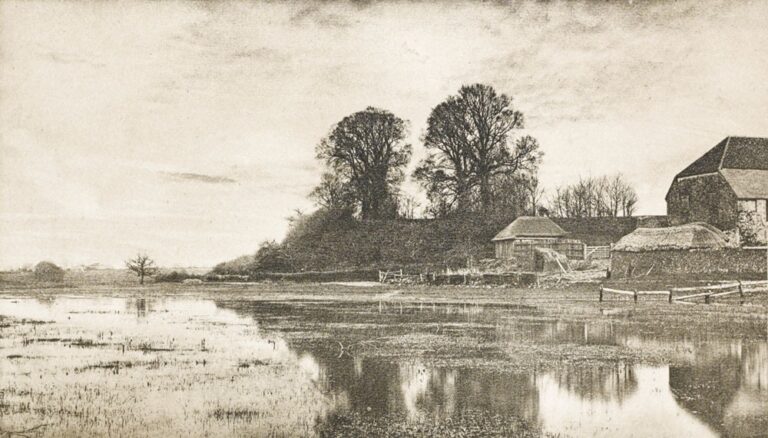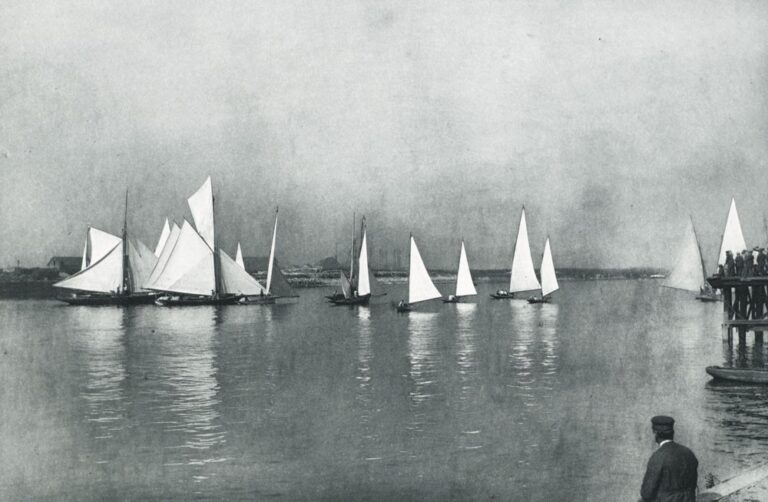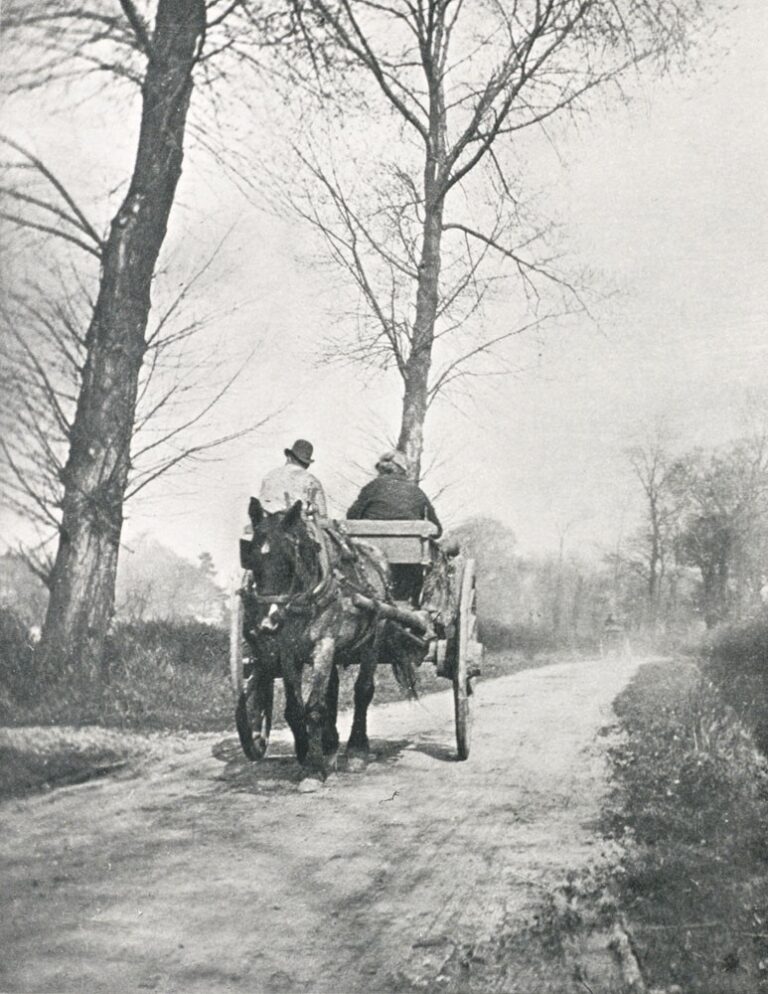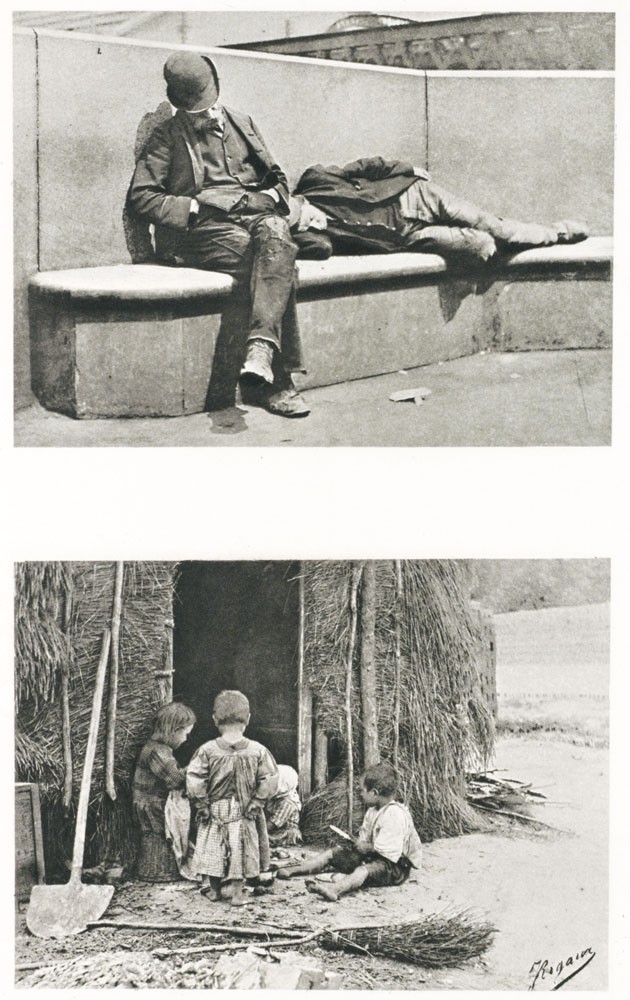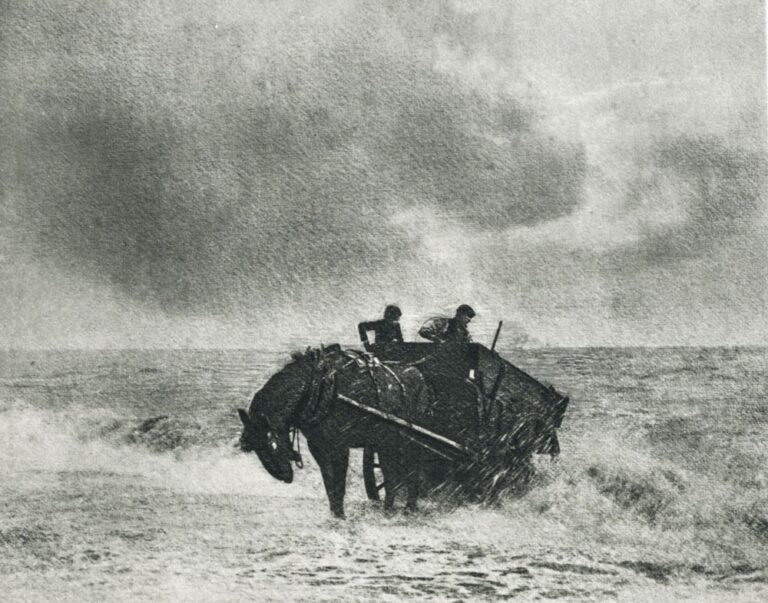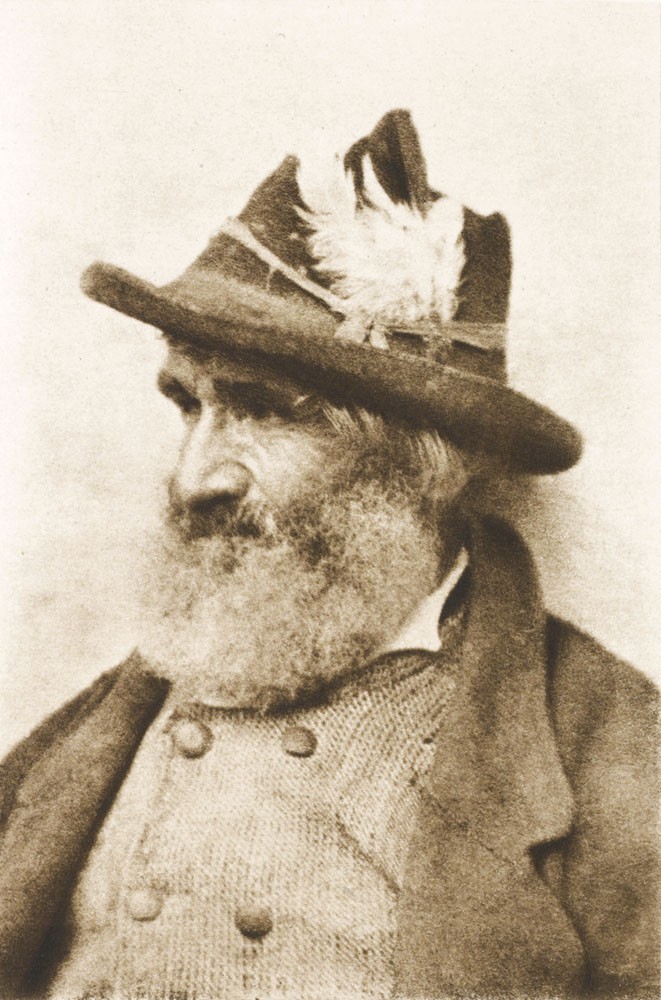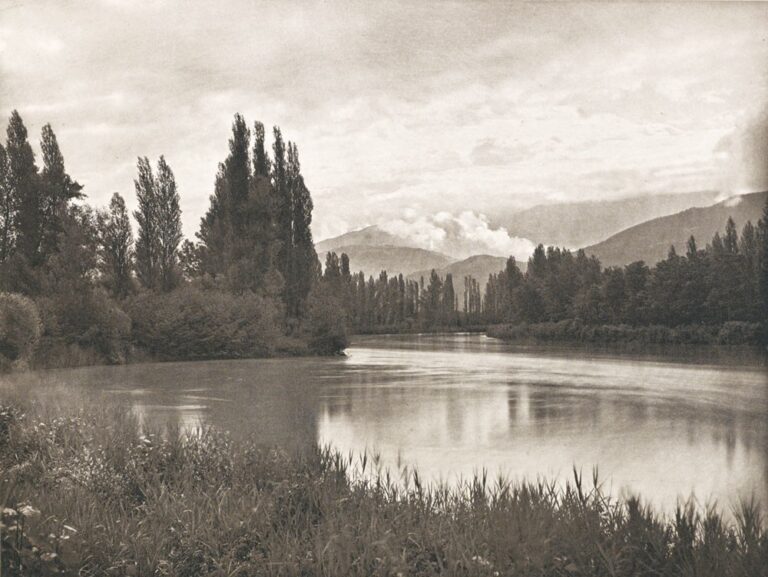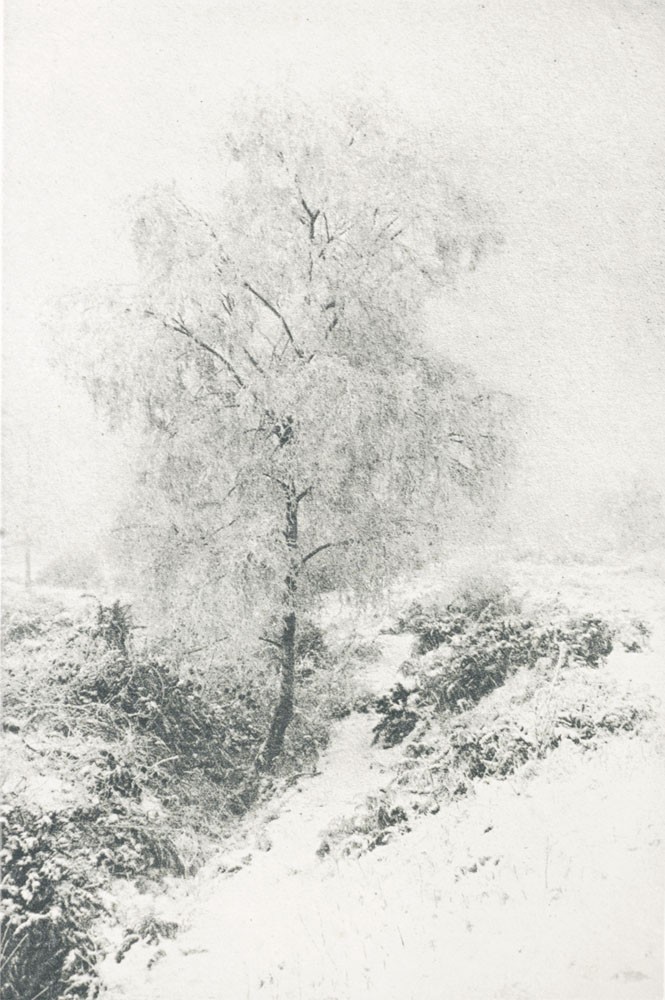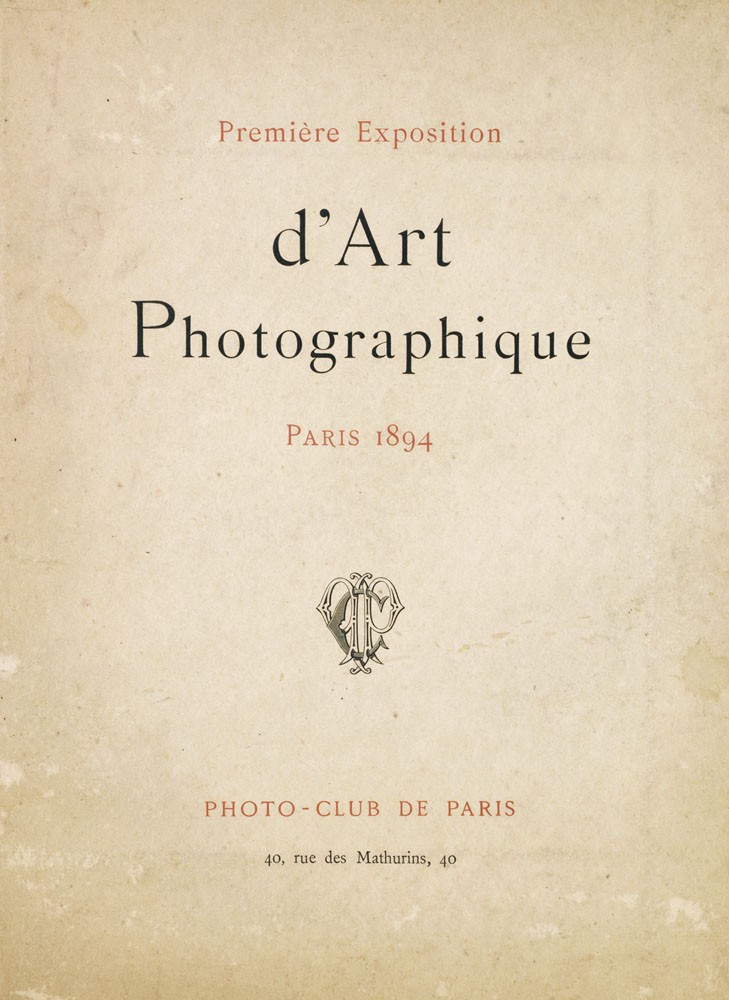
Première Exposition d’Art Photographique- 1894
Introduction
The Photo-Club de Paris was created by members who seceded from the Société de Francaise de Photographie and it included influential photographers including Robert Demachy and Constant Puyo. In 1894 they hosted one of the most lavish and international of the artistic photographic salons of the late nineteenth century. Precedents to this had been set by the 1888 Vienna salon, followed by the Vienna salons of 1891 and 1892 and the first London (Linked Ring) salon held in 1893. Each of these broke away from the older established photographic societies that were inclusive but frequently interested in technical rather than artistic achievement.
On July 20th, 1893, the 10 articles outlining the rules for entry to this first French exposition (Première Exposition d‘Art Photographique) were established by Photo-Club de Paris president Maurice Bucquet and counter-signed by the club‘s secretary Paul Bourgeois. A jury of ten men was established headed by Armand Dayot, the Inspecteur des Beaux-Arts, and it included five painters, a sculptor, an art-critic and two photographers who were members of the committee for the Société Francaise de Photographie. Entry rules for the salon exposition stated that “only work, which, beyond excellent technique, presents real artistic character will be accepted”. 1. It was seen as important by the founders of the salons that photography was accepted within the broader community of the arts and the composition of the jury reflects this goal.
The first exhibition, the “Première Exposition d‘Art Photographique”, ran from January 10-30th, 1894 and was held by the fashionable Galleries Georges Petit at 8 Rue de Seze in Paris. The exact number of photographs and entrants is given differently by different sources – Weston Naef in his book The Collection of Alfred Stieglitz (2.) gives 505 photographs by 156 photographers were accepted and displayed and a contemporary reviewer (G.Mareschal) in La Nature: Revue Des Sciences (1894 -premier semestre) 3. gives 511 accepted photographs from the 2000 submitted.
A contemporary review (La Nature p. 126) gives the breakdown of the accepted prints by country:
• France – 300
• England – 115
• Austria – 52
• America – 45
• Switzerland – 50
• Russia – 22
• Belgium – 18
It is not surprising given the location that 69 of the photographers accepted for this first exposition were from France but the material included was highly international. There were 30 photographers from Great Britain including Scotland and the Isle of Wight; Austria had 17 followed by Belgium and Holland with ten. Nine were from America: including Emilie Clarkson, John Bullock, John Dumont, Rudolph Eickemeyer, Emma Farnsworth, Clarence Moore, William Post, Robert Redfield and Alfred Stieglitz. Works from Germany, Italy, Spain, Russia and Switzerland were hung. Algeria was represented by at least one photograph by the Frenchman Emile Frechon. The work of the deceased, but influential, British photographer Julia Margaret Cameron (1815-1879) was acknowledged by the exposition committee members and she had an unknown number of works accepted for hanging.
Weston Naef in his book The Collection of Alfred Stieglitz describes this first French exposition: “The most stunning event, outdoing anything yet seen in the world of photography, was the 1894 Première Exposition d‘Art Photographique held by the Photo-Club de Paris.” (1978:30) but he also makes the observation that “The selection process was not as highly selective as that of the Photographic Salon in London, nor did it reflect the direction Stieglitz would take in organizing American exhibitions.” (1978:32) Naef continues: “Winner of the sweepstakes for most works exhibited at Paris was J. Craig Annan with fifteen photographs, followed closely by René Le Bègue, with fourteen pictures. Surprisingly high in the running was Emma Justine Farnsworth, whose nine images considerably outdistanced Eickemeyer‘s seven and Stieglitz‘s three. The exhibition reflected the tastes of a jury half of which consisted of painters and sculptors, while the selection in the deluxe catalog was made by the photographers.” (1978:32)
An Austrian perspective of this first French exposition was included in the March 1894 issue of the Vienna Camera Club journal Wiener Photographische Blätter. (pgs. 63-64) 4. Club president Alfred Buschbeck first gave notice of the groundbreaking photographic art exhibition held by his club in 1892 and how the 1893 London salon of the Linked Ring Brotherhood followed suit. He stated that the 1894 Paris exposition was done in the same spirit and acknowledged the fine entries accepted by several members of the Vienna club. Furthermore, he informed interested members that copies of a “werk” with “50 heliogravures” could be purchased for the price of 50 French francs. Further acknowledgment of this exposition catalogue appears on page 164 and lists seven Vienna Camera Club members who participated in the show and the six who had work reproduced in the catalogue.
This online version of large-plate heliogravures (photogravures), comes from the personal copy of Photo-Club de Paris founder member Constant Puyo. It is example #42 of 470 deluxe copies printed on French (mould made) white Marais paper. An additional 30 copies were printed on Imperial Japan paper. All of the heliogravures were printed by the French lithography firm of LeMercier & Cie. Fifty of the copper plates were made by M. Fillon and the remaining six were by Blechinger of Vienna, Richard Paulussen of Vienna, Paul Dujardin of Paris, James Craig Annan of Scotland and gallery host Georges Petit of Paris for the watercolor by artist Guillaume Dubufe that introduces the portfolio as the first plate.
PhotoSeed would like to acknowledge the generosity of Frédéric Perrier for providing some of the French to English translations from the portfolio as well as LuminousLint.com founder Alan Griffiths for additional editorial research.
Notes
1. Harker, Margaret (1979) The Linked Ring: The Secession Movement in Photography in Britain, 1892-1910 A Royal Photographic Society Publication: p. 66
2. Naef, Weston (1978) The Collection of Alfred Stieglitz: Fifty Pioneers of Modern Photography The Metropolitan Museum of Art / The Viking Press
3. Mareschal, G. : 1894: Exposition D’Art Photographique, in: La Nature: Revue Des Sciences (#1077- January 20th, 1894 -p. 126) Paris: Libraire De L’Acadêmie De Mêdecine
4. Verlag Des Camera-Clubs (1894) Wiener Photographische Blätter : Herausgegeben vom Camera-Club in Wien: Editor-Proffesor F. Schiffner : Vienna
